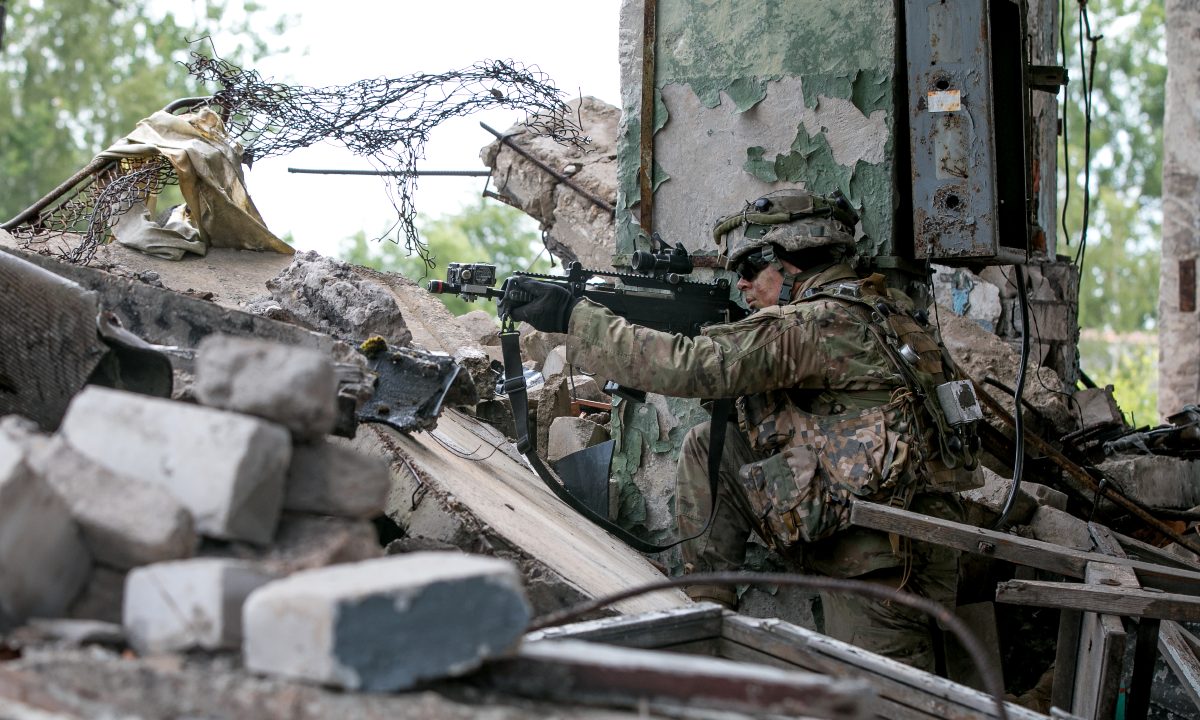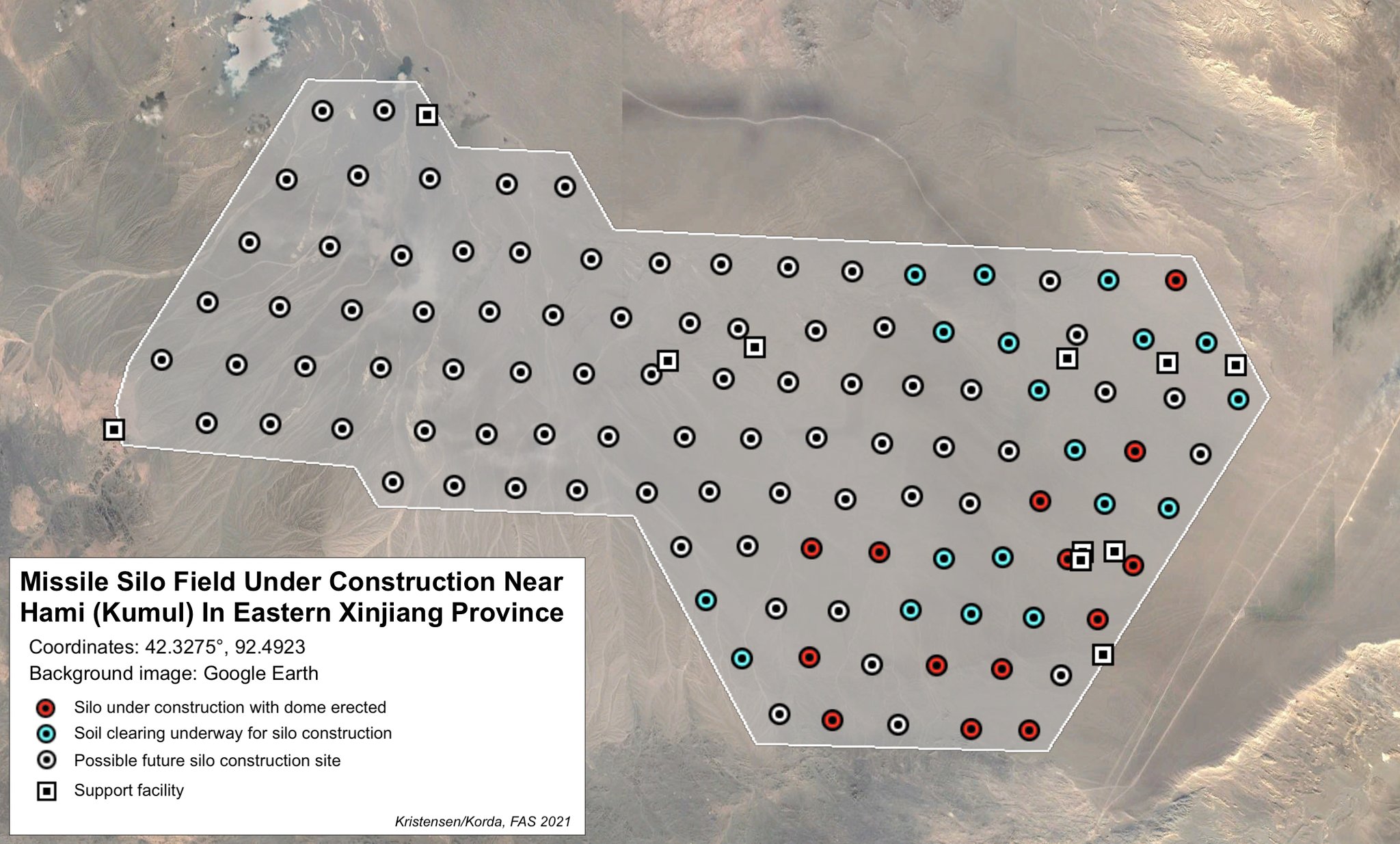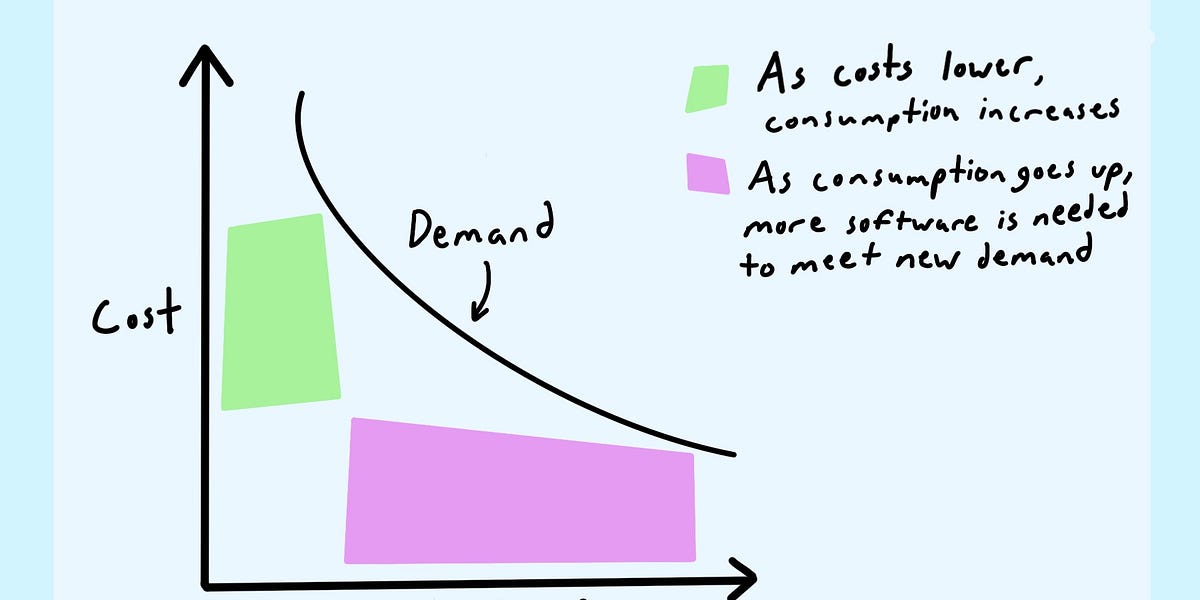
Defending the City: An Overview of Defensive Tactics from the Modern History of Urban Warfare
Any future war against a peer or near-peer enemy will contain some measure of urban combat. A broad base of historical, demographic, sociopolitical, and military analysis makes that fact abundantly clear. As a result, militaries must be required to conduct both urban offense and defense operations. Military theorists have long described the defense as the strongest form of war, and current doctrine agrees. There are many reasons why a military would need to go into the defense in a campaign—to create conditions for the offense and regain the initiative, to destroy the enemy outright, to retain decisive terrain, or simply to slow the advance of a numerically or technologically superior force. A well-planned and -constructed urban defense could determine the success or failure of achieving a strategic objective, and could influence the outcome of a war.
Unlike other environments, such as wooded or mountainous areas, urban terrain contains unique characteristics that allow for a very strong and lethal defense to be conducted. The density, construction, and complexity of man-made physical terrain in urban areas allows soldiers to rapidly use or shape the environment to further strengthen a defense plan. These plans should seek to break apart an attacking formation, separate mounted from dismounted forces, limit the attacker’s ability to maneuver, degrade military technologies like intelligence, surveillance, and reconnaissance and aerial strike capabilities, maximize surprise, and either defeat the attackers in detail or buy time for other tactical, operational, and strategic actions.












:max_bytes(150000):strip_icc()/TAL-uber-taxi-nyc-UBERSHUTTLE0524-00595b05d99845b99ab003ac9b2ebcb2.jpg)












